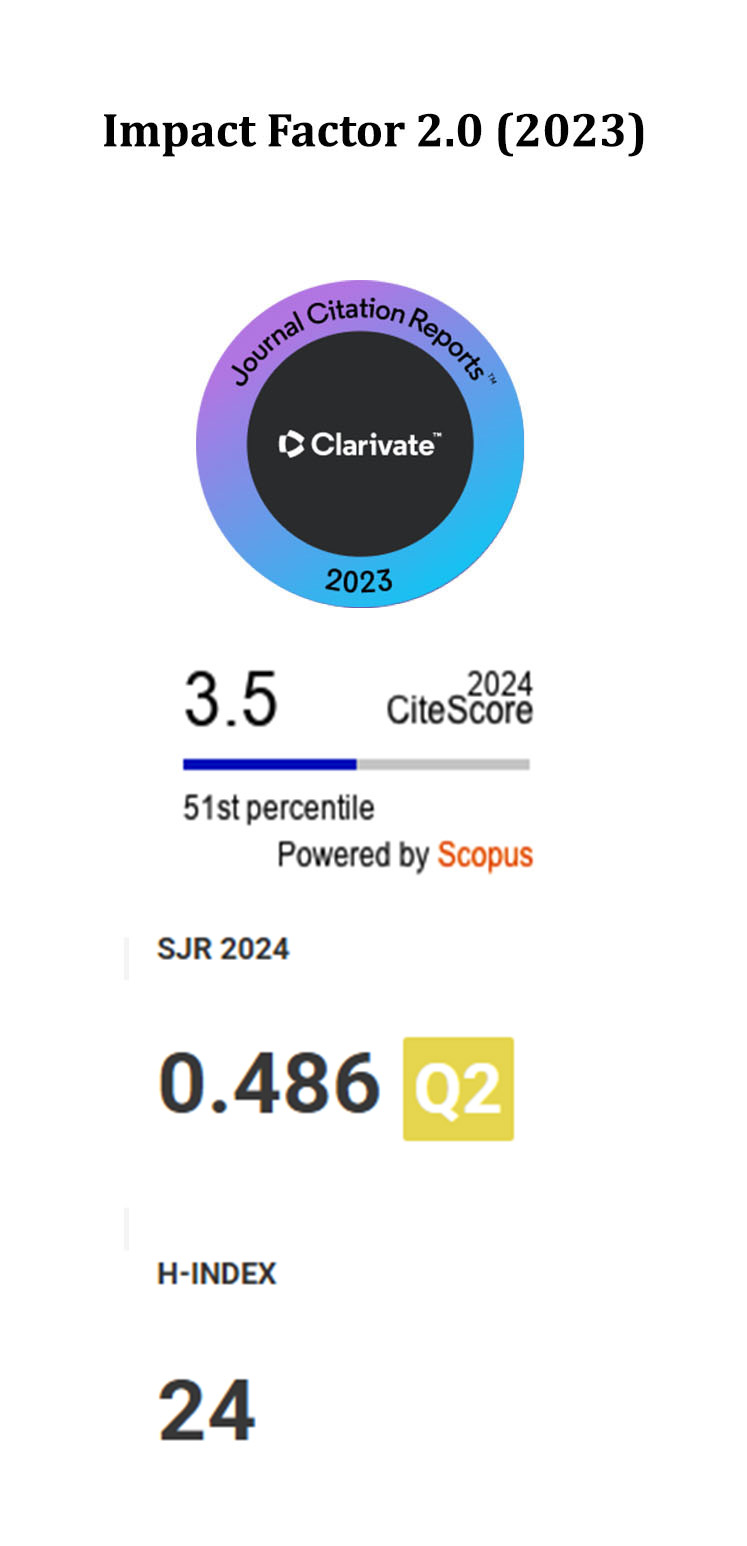Detection and Classification of Blood Cells Using Different Deep Learning Approaches
DOI:
https://doi.org/10.5755/j01.itc.54.3.39342Keywords:
blood cells, deep learning, artificial intelligence, R-CNN, yolo, object detectionAbstract
Blood cells have an important place in the human immune system. The amount of blood cells in the blood is used to determine whether human health is normal or unusual. For this reason, detecting and determining the amount of RBC, WBC and Platelets elements in the blood is very important for human health. In the management of all these processes, basic factors such as the complexity of cell structures, loss of time, and the necessity of expert opinion make the realization of these processes very complicated. In this study, cell detection was carried out using models of Detectron2 and Yolo algorithms to automatically detect and quantify blood cells quickly. The BCCD dataset was used to run the models. In the study, the performance results of the models of 21 different most recent artificial intelligence algorithms in detecting blood cells were analyzed. In this comprehensive research, the accuracy values of the train and test process of the models were examined comparatively, and the most suitable model was determined, which aims to provide a high success rate for small models. As a result of the study, the highest AP value with 93.7% in the train result among 5 models belonging to Detectron2 from 21 models belongs to the Faster R-CNN X_101_32x8d_FPN_3x and Faster R-CNN R_101_C4_3x models; Among the 16 models belonging to Yolo, the highest AP value as a result of the train belongs to the Yolov7-w6 model with 95.8%. When the test results are examined, among the Detectron2 models, the Faster R-CNN R_101_FPN_3x model achieved 90.3% AP value. In addition, among the Yolo models, the Yolov5-s model was the most successful algorithm with an AP value of 94.5%. When the train and test results of the models, training time, weight size values were examined, it was determined that the Yolov5-s model was the most successful model in classifying and detecting blood cells in the BCCD dataset.
Downloads
Published
Issue
Section
License
Copyright terms are indicated in the Republic of Lithuania Law on Copyright and Related Rights, Articles 4-37.




